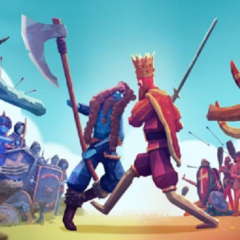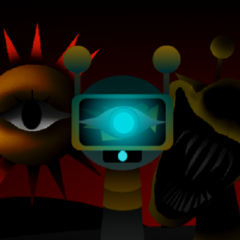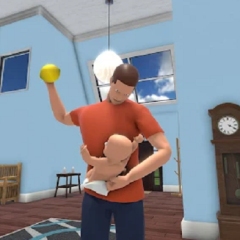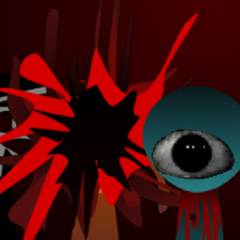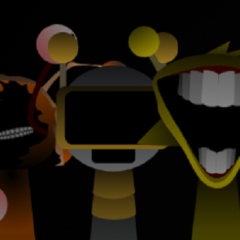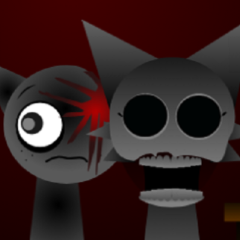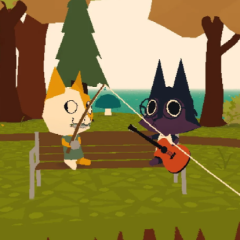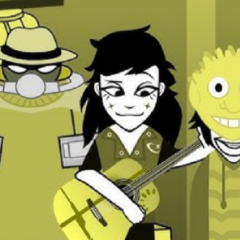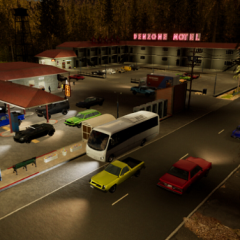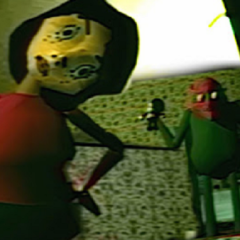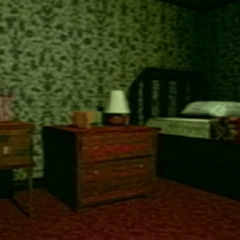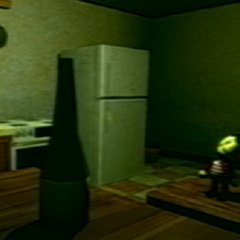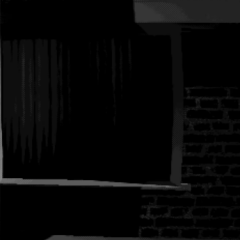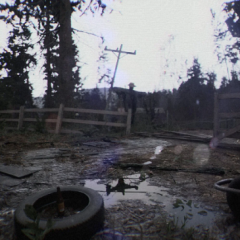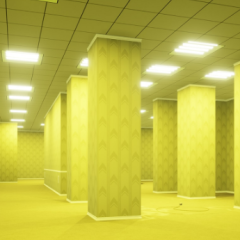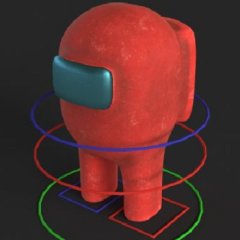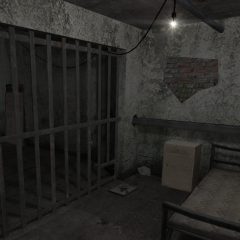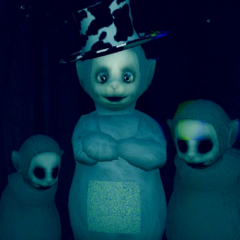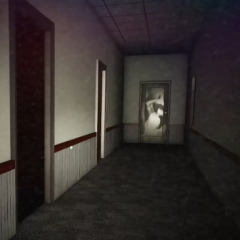Hapunan is an atmospheric horror game that places the player in the shoes of a street food vendor navigating through a quiet village at night. The story unfolds through interactions with locals, exploration of dimly lit areas, and strange events that grow more unsettling as the night goes on. What starts as a simple evening task becomes a descent into unease, as something beneath the surface begins to emerge. The game’s narrative is rooted in themes of isolation, memory, and cultural tradition.
Exploring the Night Streets
As the player takes on the role of Niko, a vendor carrying his basket of balut, the game presents an environment that feels familiar but slightly off. Houses are closed, lights flicker, and background sounds hint at something watching. Each corner of the map reveals new clues about what might be going wrong in the village. The game doesn’t use conventional horror mechanics—instead, it relies on stillness, silence, and the slow buildup of tension to create its effect.
Key Elements That Shape the Game
Hapunan stands out because of its deep connection to place and tradition. Unlike generic horror settings, it uses specific cultural cues to build atmosphere. Key gameplay features include:
· Slow-paced, exploration-focused movement
· Dynamic dialogue with local characters
· Subtle supernatural elements rooted in local myths
· Objects and symbols with layered meaning
· Multiple narrative outcomes based on player behavior
Each of these systems supports a style of horror that doesn’t chase fear, but builds a sense of quiet dread.
Layers of Meaning and Story
While the game presents a linear path on the surface, deeper exploration reveals fragments of personal and communal history. Notes, overheard conversations, and visual clues suggest stories of loss, guilt, and unspoken traditions. Rather than explaining everything, Hapunan invites players to piece together what happened. The more players explore, the more they uncover details that connect the supernatural events to real emotional weight.
Hapunan is a slow-burning experience that avoids loud shocks in favor of quiet revelations. Its strength lies in how it transforms a simple walk through the neighborhood into something eerie and personal. With its minimal interface, focused setting, and cultural authenticity, the game offers a new kind of horror—one that creeps in not through monsters, but through memory, silence, and the feeling that something is just out of sight.





